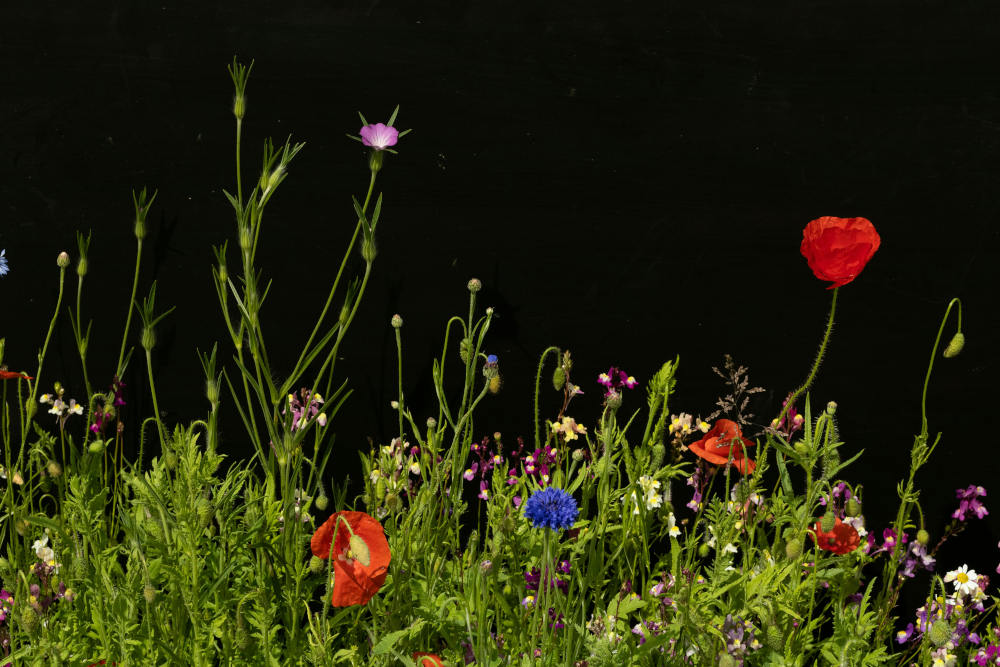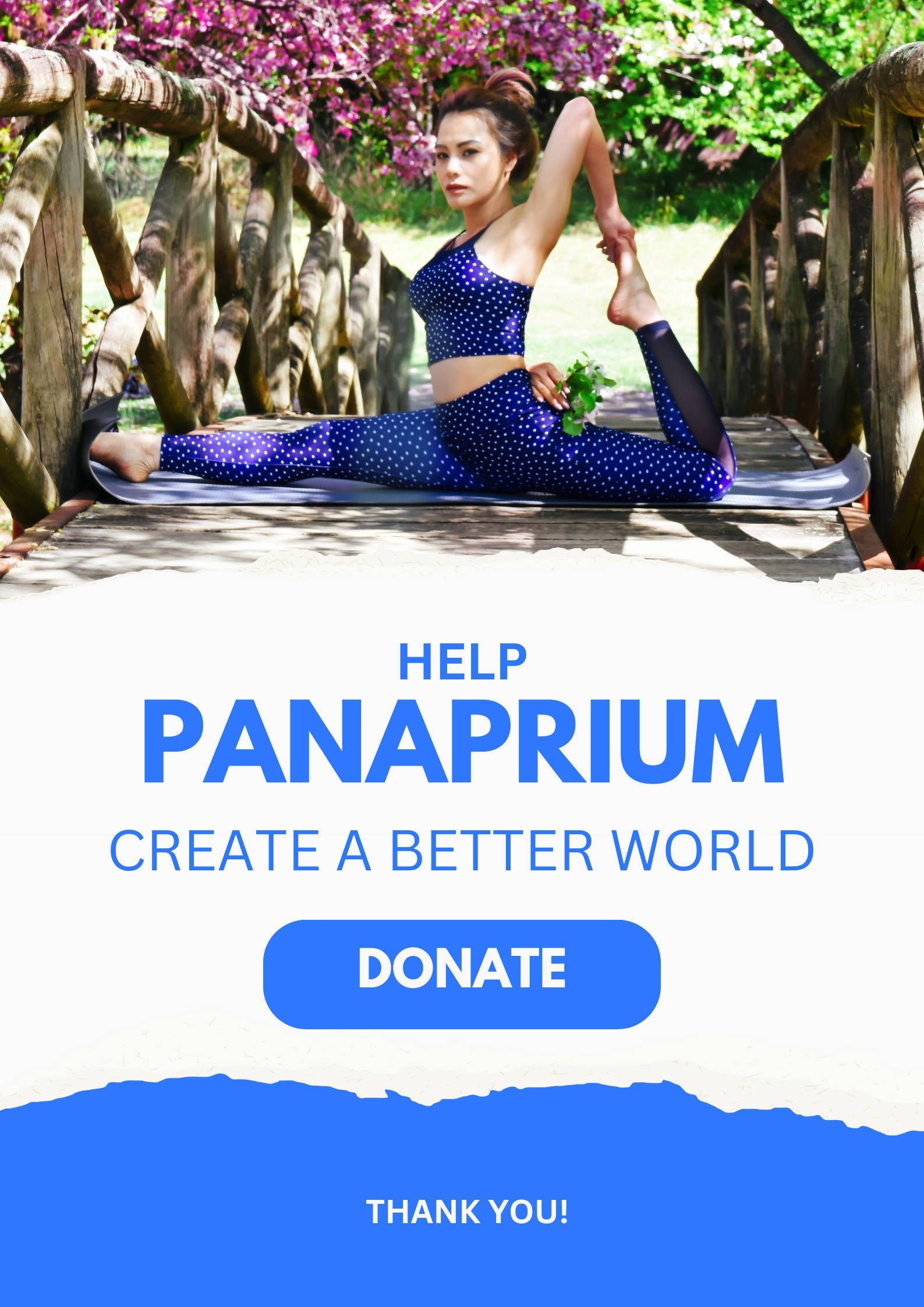
Ces dernières années, on observe un intérêt croissant pour le retour à la nature : la cueillette de plantes, d'herbes et de champignons sauvages à des fins alimentaires, médicinales ou d'autosuffisance. Deux termes souvent utilisés dans ce contexte sont la cueillette sauvage et la cueillette . Bien qu'ils soient parfois utilisés de manière interchangeable, ils ont des significations, des histoires et des philosophies distinctes. Comprendre cette différence n'est pas seulement une question de sémantique ; c'est une question d'éthique, d'intention, de durabilité et de relation avec la nature.
Cet article décompose les principales différences entre la cueillette sauvage et la cueillette, explore l'importance culturelle et environnementale des deux et offre des conseils pratiques à quiconque souhaite s'engager dans l'une ou l'autre pratique de manière responsable.
Panaprium est indépendant et pris en charge par les lecteurs. Si vous achetez quelque chose via notre lien, nous pouvons gagner une commission. Si vous le pouvez, veuillez nous soutenir sur une base mensuelle. La mise en place prend moins d'une minute et vous aurez un impact important chaque mois. Merci!
Qu'est-ce que la recherche de nourriture ?
La cueillette désigne simplement l'acte de rechercher et de récolter des aliments sauvages et des ressources naturelles. Cela inclut les plantes comestibles, les fruits, les noix, les graines, les champignons, les algues et même les petits animaux ou les crustacés dans certaines traditions.
Historiquement, la cueillette est essentielle à la survie humaine depuis des dizaines de milliers d'années. Bien avant l'agriculture, les humains vivaient de la chasse et de la cueillette, dépendant entièrement de la cueillette pour leur alimentation.
Aujourd'hui, la cueillette est redevenue populaire, notamment auprès des personnes intéressées par la vie naturelle, le développement durable, les techniques de survie ou la cuisine gastronomique. Les plantes sauvages comme le pissenlit, le mouron des oiseaux et l'ortie sont désormais courantes dans les jardins familiaux comme dans les restaurants gastronomiques.
Caractéristiques clés de la recherche de nourriture :
-
Se concentre principalement sur la nourriture.
-
Souvent à des fins récréatives ou de subsistance.
-
Peu ou pas de composante spirituelle ou rituelle.
-
Peut être opportuniste : prendre ce qui est disponible.
-
Peut être déconnecté de l’impact écologique s’il n’est pas fait de manière consciente.
Qu'est-ce que le Wildcrafting ?
La cueillette sauvage est une forme plus intentionnelle, souvent spirituelle ou médicinale, de récolte de plantes sauvages. Elle consiste à récolter des herbes, des racines, des écorces et d'autres matières végétales spécifiquement pour leurs propriétés curatives, leur usage rituel ou leur préparation en remèdes tels que teintures, tisanes, baumes ou poudres.
La cueillette sauvage implique souvent :
-
Connaissance approfondie de la médecine végétale.
-
Connaissance saisonnière et cycles de vie des plantes.
-
Honorer les savoirs traditionnels, souvent autochtones ou ancestraux.
-
Une forte orientation éthique vers la durabilité et la gestion responsable.
Alors que la cueillette est une question de nourriture, la cueillette sauvage est une question de connexion et de guérison – avec la Terre, vos ancêtres et les plantes elles-mêmes.
Caractéristiques clés de la cueillette sauvage :
-
Se concentre sur l’utilisation médicinale, spirituelle ou cérémonielle.
-
Souvent guidé par des pratiques traditionnelles ou autochtones.
-
Met l’accent sur la durabilité et la réciprocité.
-
Comprend un rituel, une offrande ou une prière dans le processus de récolte.
-
Donne la priorité à la santé de l’écosystème.
Différences philosophiques : intention et relation
La plus grande différence entre la cueillette et la cueillette sauvage est l'intention .
Un cueilleur peut partir à la recherche de plantes comestibles simplement par faim ou par curiosité. Un cueilleur de plantes sauvages, quant à lui, s'approche avec un esprit de protection . Il peut demander la permission à l'esprit de la plante, la remercier ou laisser un cadeau, comme de l'eau, du tabac ou un cheveu.
La cueillette est souvent pratique et physique. La cueillette sauvage est plus spirituelle et relationnelle.
Cela ne signifie pas que toute cueillette est insouciante ou que toute cueillette sauvage est mystique. Il existe un spectre. Mais en général, la cueillette sauvage implique un sens profond du but, une conscience et un respect de la nature.
Considérations éthiques et environnementales
L'un des aspects les plus importants de la cueillette et de la cueillette sauvages est leur éthique . L'intérêt croissant pour ces pratiques s'accompagne d'un risque accru de surexploitation, de destruction des habitats et d'appropriation culturelle.
Durabilité dans la recherche de nourriture :
-
Ne prenez que ce dont vous avez besoin.
-
Évitez les espèces rares ou menacées.
-
Apprenez à identifier les plantes pour éviter les erreurs.
-
Récoltez de manière à permettre à la plante de repousser.
-
Connaître les lois locales et les autorisations foncières.
Durabilité dans la cueillette sauvage :
-
Ne récoltez pas plus de 10 % d’une population.
-
Ne prenez jamais la racine si la plante peut se régénérer à partir des parties aériennes.
-
Cultivez des plantes chez vous pour réduire la pression sauvage.
-
Évitez la récolte commerciale à moins qu’elle ne soit certifiée.
-
Suivez les principes « ne laisser aucune trace ».
Responsabilité culturelle :
De nombreuses pratiques de cueillette sauvage proviennent des systèmes de savoir autochtones . Utiliser ces connaissances sans en comprendre ni en reconnaître les origines peut être irrespectueux. Apprendre auprès de maîtres légitimes, reconnaître les sources culturelles et honorer les traditions auxquelles on s'inspire fait partie d'une cueillette sauvage éthique.
Questions juridiques et accès au foncier
L'endroit où vous récoltez est important. Toutes les terres ne sont pas propices à la récolte, et les lois varient selon votre situation géographique.
-
Terres publiques : Certaines forêts nationales et certains parcs d'État autorisent une récolte personnelle limitée, moyennant un permis. D'autres l'interdisent totalement.
-
Terrains privés : Vous devez obtenir la permission du propriétaire du terrain.
-
Espèces protégées : Il est illégal de récolter des plantes en voie de disparition ou celles répertoriées dans les lois de conservation.
-
Espaces urbains : Soyez prudents face à la pollution et aux pesticides dans les zones de cueillette en bord de route ou en ville.
Vérifiez toujours auprès des agences foncières locales ou des organisations de conservation avant de récolter.
Conseils de santé et de sécurité
La cueillette sauvage et la cueillette comportent toutes deux des risques si vous n'êtes pas formé ou prudent.
Conseils pour les débutants :
-
Utilisez plusieurs sources d’identification des plantes (livres, applications, cours).
-
Apprenez à reconnaître les sosies : certaines plantes sont toxiques.
-
Ne mangez et n’utilisez jamais une plante à moins d’en être sûr à 100 %.
-
Ne pas récolter à proximité de zones polluées (bords de routes, zones industrielles).
-
Soyez attentif aux allergies ou aux réactions aux nouvelles herbes.
-
Apprenez des méthodes de préparation sécuritaires (certaines plantes doivent être séchées, cuites ou fermentées pour être sécuritaires).
Pour la cueillette sauvage en particulier, travailler avec un herboriste ou un ethnobotaniste qualifié peut être inestimable.
Outils et équipement
Vous n’avez pas besoin de grand-chose pour commencer, mais quelques outils peuvent vous aider :
-
Guides de terrain spécifiques à votre région.
-
Outils de récolte : ciseaux, couteau, truelle.
-
Paniers ou sacs en tissu : évitez le plastique (il fait flétrir les plantes).
-
Carnet ou journal de plantes pour suivre les emplacements, les conditions et les utilisations.
-
Application ou GPS : permet d'enregistrer les spots de récolte durables sans surutilisation.
Lors de la cueillette sauvage, vous pouvez également transporter des offrandes comme de la semoule de maïs, du tabac ou des cristaux à laisser derrière vous.
Comment commencer la cueillette ou la cueillette sauvage
-
Commencez petit . Apprenez à connaître quelques plantes faciles à identifier, comme le pissenlit, l'achillée millefeuille ou le plantain.
-
Suivez un cours . De nombreux herboristes ou experts en cueillette proposent des ateliers ou des promenades guidées.
-
Observez d'abord . Prenez le temps d'étudier l'écosystème avant de choisir quoi que ce soit.
-
Établissez des relations . Considérez les plantes sauvages comme des alliées, et non comme des marchandises.
-
Documentez votre processus . Apprenez de vos erreurs, notez les changements saisonniers et réfléchissez à votre expérience.
Quand ils se chevauchent
En réalité, la cueillette et la cueillette sauvage se recoupent largement. On peut aller chercher des baies sauvages pour se nourrir (cueillette), mais aussi cueillir des fleurs de sureau pour préparer un remède contre le rhume (cueillette sauvage). Les deux pratiques se confondent, surtout lorsque l'on approfondit notre relation avec la nature.
De nombreuses personnes commencent comme cueilleurs et deviennent progressivement des cueilleurs sauvages à mesure qu'ils en apprennent davantage sur la médecine des plantes, l'écologie et les pratiques traditionnelles.
Réflexions finales : Retour au rassemblement sacré
Que vous pratiquiez la cueillette sauvage ou la cueillette, le principe fondamental est le respect de la terre, des plantes, des traditions et de vous-même.
Dans un monde qui traite souvent la nature comme une ressource à exploiter, ces pratiques invitent à un retour à l'équilibre. Elles nous rappellent que nous ne sommes pas séparés de la Terre, mais que nous en faisons partie intégrante. Chaque plante cueillie est une invitation à renouer avec la nourriture, la guérison, les ancêtres et le monde vivant qui nous entoure.
Choisissez votre chemin avec soin, parcourez-le avec humilité et récoltez toujours avec gratitude.
Sources:
-
Buhner, Stephen Harrod. Le langage perdu des plantes . Éditions Chelsea Green.
-
Kimmerer, Robin Wall. Tresser le foin d'odeur . Éditions Milkweed.
-
Moerman, Daniel E. Ethnobotanique amérindienne . Timber Press.
-
Sauvegarde des plantes unies : https://unitedplantsavers.org/
-
Guilde américaine des herboristes : https://www.americanherbalistsguild.com/
-
Directives de recherche de nourriture du Service national des forêts (spécifiques à la région)
Cet article vous a-t-il été utile ? S'il vous plaît dites-nous ce que vous avez aimé ou n'avez pas aimé dans les commentaires ci-dessous.
About the Author: Alex Assoune
Contre Quoi Nous Luttons
Les groupes multinationaux surproduisent des produits bon marché dans les pays les plus pauvres.
Des usines de production où les conditions s’apparentent à celles d’ateliers clandestins et qui sous-payent les travailleurs.
Des conglomérats médiatiques faisant la promotion de produits non éthiques et non durables.
De mauvais acteurs encourageant la surconsommation par un comportement inconscient.
- - - -
Heureusement, nous avons nos supporters, dont vous.
Panaprium est financé par des lecteurs comme vous qui souhaitent nous rejoindre dans notre mission visant à rendre le monde entièrement respectueux de l'environnement.
Si vous le pouvez, veuillez nous soutenir sur une base mensuelle. Cela prend moins d'une minute et vous aurez un impact important chaque mois. Merci.































0 commentaire